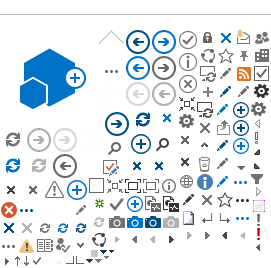January
1998
Volume
75
Number
1
Pages
162
—
165
Authors
R. A.
Graybosch
,
2
,
3
C. J.
Peterson
,
2
L. E.
Hansen
,
2
S.
Rahman
,
4
A.
Hill
,
4
and
J. H.
Skerritt
4
Affiliations
Joint contribution of the United States Department of Agriculture, Agricultural Research Service and the Department of Agronomy, University of Nebraska-Lincoln as Journal Series Paper No. 11886. Mention of firm names or trade products does not imply that they are endorsed or recommended by the USDA or the University of Nebraska over other firms or products not mentioned.
USDA-ARS, 344 Keim, University of Nebraska, Lincoln, NE 68583.
Corresponding author. E-mail: agro100@unlvm.unl.edu Fax: 402-472-4020.
CSIRO Division of Plant Industry, P.O. Box 1600, ACT 2601, Australia.
Go to Article:
RelatedArticle
Accepted November 3, 1997.
Abstract
ABSTRACT
Granule-bound starch synthase (GBSS) is the primary enzyme responsible for the synthesis of amylose in amyloplasts of cereal endosperm cells. Bread wheats, due to their hexaploid genetic system, carry three genes (wx loci) encoding GBSS. Purification and separation of GBSS from more than 200 North American hexaploid wheats allowed the identification of genotypes that carry null alleles at either the wx-A1 and wx-B1 loci. In addition, the cultivar Ike carried both wx-A1 and wx-B1 null alleles. No wx-D1 nulls were detected. Null alleles were found in 10% of the hard winter wheats tested, but in only 2% of the sampled soft winter wheats. Amylose contents of wheats carrying single null alleles at either the wx-A1 or wx-B1 loci often were lower than those of wild type wheats, but greater reduction in amylose content was observed in Ike. Monoclonal antibodies were used to quantify water-extractable GBSS in both wild-type and null genotypes. Gene dosage compensation was evident, although GBSS content, as measured by ELISA, was significantly lower in Ike than in all other wheats. The identification of null alleles in adapted genotypes suggests the development of wheats with a wide range of amylose contents will be possible by simple genetic crossing and selection.
JnArticleKeywords
ArticleCopyright
This article is in the public domain and not copyrightable. It may be freely reprinted with customary crediting of the source. American Association of Cereal Chemists, Inc., 1998.
